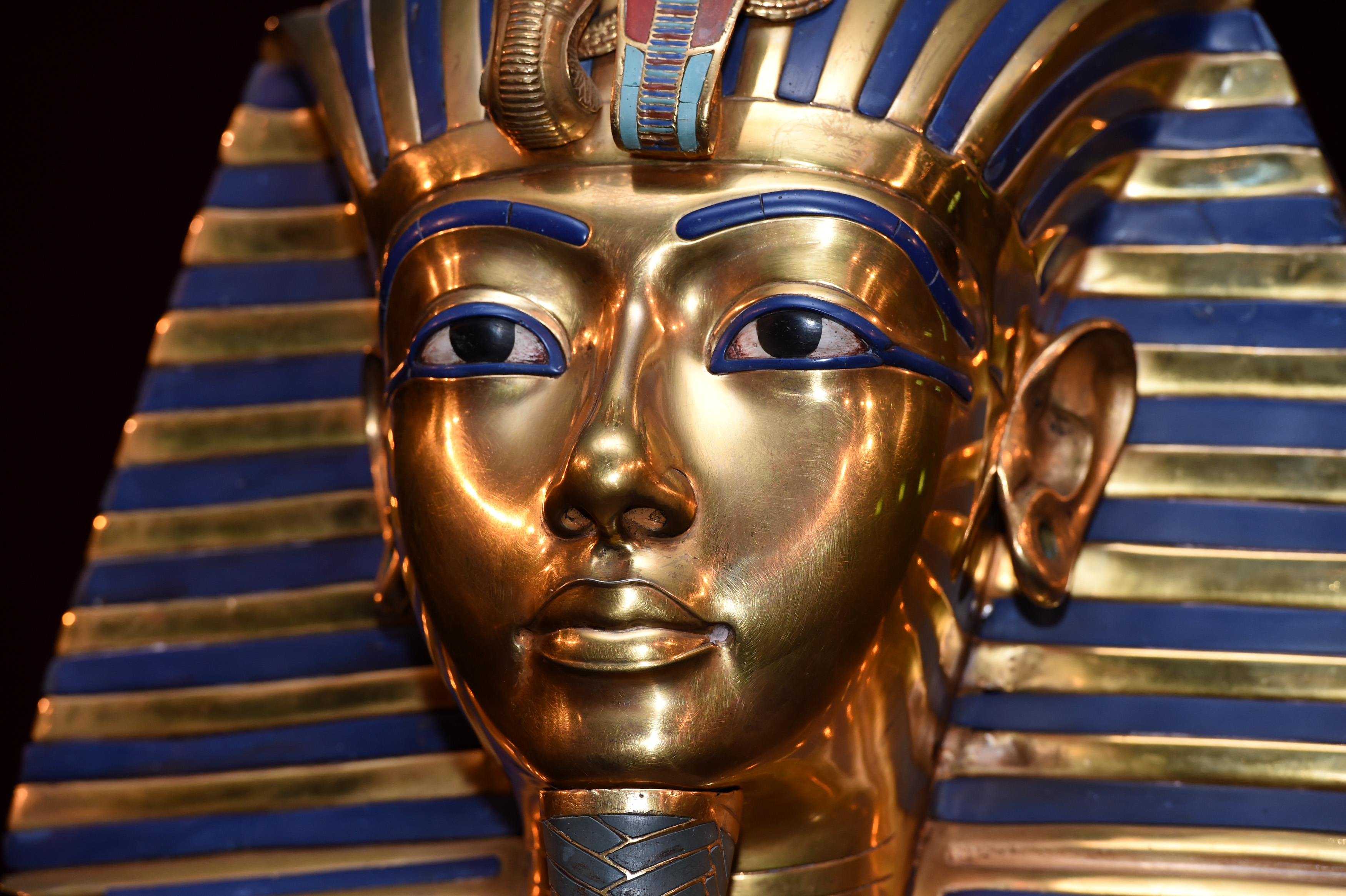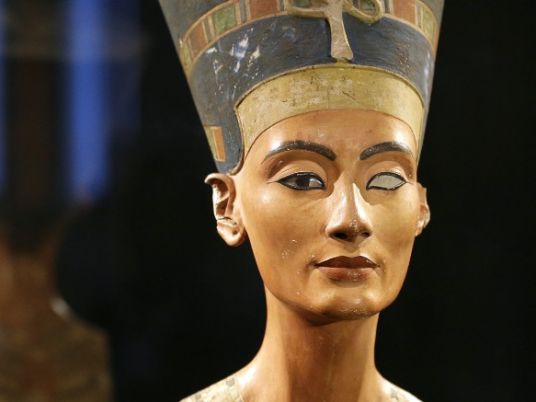
A team of Egyptian and British archaeologists have concluded their three-day search in the Valley of the Kings in Luxor, which started on Sunday, for the burial chamber of Queen Nefertiti.
According to a theory by English Egyptologist Nicholas Reeves, Nefertiti was buried in one of the rear chambers of the tomb of King Tutankhamun.
The search, led by the former Egyptian Antiquities Minister Mamdouh Damati, included a careful radar survey to explore the space behind the tomb of King Tutankhamun.
Researchers from the Center for Sound Vibration and Smart Structures at the Faculty of Engineering, Ain Shams University, and a team from the English Terravision Center took part in the search as well.
The search process, which started in October 2015, is scheduled to continue until the end of 2019.
The results of the latest radar survey conducted inside and around the cemetery, carried out by an Egyptian-Italian team led by Professor Franco Porcelli, a professor of engineering at the Faculty of Applied Sciences at the University of Turin, Italy, showed spaces behind the walls of the tomb of King Tutankhamun, but those results did not confirm whether the spaces behind the tomb walls are natural or man-made spaces, said Egyptian archaeologist Francis Amin.
The results of previous radar surveys have found evidence of the existence of spaces and organic material behind the walls of the cemetery, said Amin, adding that he believes a chemistry professor will be needed to take part in the analysis of the radar survey results.
The theory of the existence of the tomb of Queen Nefertiti behind the walls of the cemetery of King Tut are historical assumptions that may be true, especially because there are other historical assumptions that say that Queen Nefertiti established a cemetery of her own that was not used for her burial.
Edited translation from Al-Masry Al-Youm



